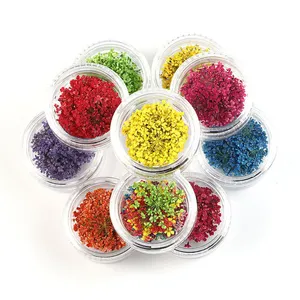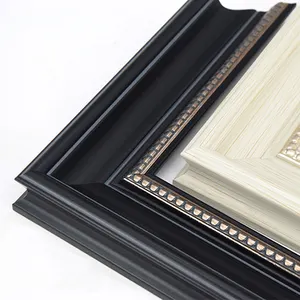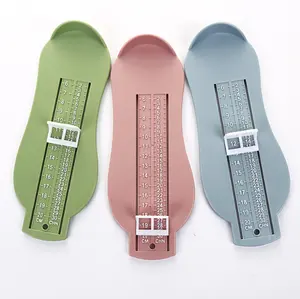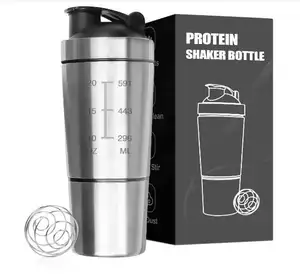Popular in your industry



























































Top categories
About home recycling bin
The notion of a home recycling bin is central to contemporary waste management strategies, especially with regard to environmental preservation. Far from being a mere container for refuse, a home recycling bin is a critical instrument for separating recyclable materials from ordinary garbage, thus streamlining the recycling process.
Types and Characteristics of Home Recycling Bins
Exploring the array of home recycling bins, one encounters a plethora of designs crafted to meet diverse user requirements. Options range from space-saving stackable units to dual-compartment bins that segregate recyclables from waste at the point of disposal. Some bins boast sensor-driven lids for touchless opening, while modular options allow for customization to accommodate varying waste quantities and types. The small kitchen rubbish bins are ideal for compact living spaces or individuals, prioritizing convenience and spatial economy. Conversely, larger models cater to the demands of bustling family kitchens or home offices.
Structure and Operation of Kitchen Recycling Bins
The architecture of a kitchen and recycling bin is a testament to innovative design, marrying practicality with visual appeal. Common elements include a lid, multiple compartments, a foot pedal, and occasionally a detachable inner bucket for simplified waste removal. Usage is intuitive: one depresses the pedal to lift the lid, deposits refuse into the designated compartment, and upon releasing the pedal, the lid gently shuts. This design aids in waste sorting and also curtails the spread of germs via hands-free operation.
Materials and Properties of Recycling Containers for Home
Materials chosen for recycling containers for home prioritize longevity and ecological impact. HDPE is celebrated for its robustness, impact resistance, and recyclability. PP is similarly esteemed for its resilience against chemical solvents, bases, and acids. Both materials are light, enhancing portability and ease of handling. Their non-porous surfaces repel stains and odors, a crucial trait for maintaining hygiene in waste disposal areas.
Business Usages and Applications of Indoor Recycling Bins
In commercial environments, indoor recycling bins are integral to a firm's eco-friendly ethos. Utilized in offices, hotels, and eateries, they enable effective waste management and signal a commitment to environmental stewardship. In the hospitality sector, for instance, chic stainless steel bins not only fulfill a functional role but also accentuate the decor, subtly endorsing the brand's reputation as environmentally aware and contemporary.
Functions of Household Recycling Bins
A household recycling bin's chief role is to oversee waste by distinguishing recyclables from non-recyclables. They also play a part in fostering environmental consciousness and promoting green habits at home. Advanced versions may incorporate odor control mechanisms, which are particularly vital for bins that include a kitchen bin for compost, where organic refuse can generate disagreeable scents if not managed correctly.
Features of Kitchen Compost Trash Cans
Notable attributes of kitchen compost trash cans include their dual-purpose functionality for waste and compost management. Certain models feature airtight seals to lock in odors, while others come with integrated filters to naturally neutralize smells. These bins are often designed with smooth surfaces for hassle-free cleaning and slanted openings for easy disposal of kitchen scraps.
Benefits of Recycling Waste Bins Kitchen
The advantages of recycling waste bins kitchen are numerous. They contribute to a reduced carbon footprint by curtailing the volume of refuse ending up in landfills. By sorting waste at its origin, they enhance the recycling process, as uncontaminated materials are more likely to be recycled. For users, this equates to a tidier abode and the gratification of aiding in conservation efforts.
How to Use and Maintain Your Kitchen Recycling Container
Proper utilization of a kitchen recycling container entails situating it in a handy spot for easy access during food preparation or cleanup. Routine upkeep involves cleansing the bins with gentle detergents and water to avert contamination and odor accumulation. For those with composting capabilities, it's imperative to regularly remove and refresh compostable waste to uphold sanitation and operational effectiveness.
Choosing the Right Recycling Bins for Kitchen
Choosing suitable recycling bins for kitchen use requires evaluating the volume of waste produced, the types of materials frequently discarded, and the available space. Compact bins with multiple sections are an all-encompassing solution for limited areas, while larger kitchens may benefit from distinct bins for refuse and recyclables. It's also essential to consider features like lid type, ease of cleaning, and the materials' durability and sustainability.
Cleaning and Installing Indoor Recycling Containers
Regularly cleansing indoor recycling containers should be part of routine kitchen upkeep. Employing non-abrasive cleaning agents and eschewing potent chemicals will maintain the container's material integrity. Installation is generally simple, with most bins designed to stand alone and be immediately operational. Nonetheless, certain models intended for integration into existing cabinetry might necessitate more intricate setup, in accordance with the manufacturer's guidelines.
Target Audience and Meeting Their Needs
The intended demographic for house recycling bins is wide-ranging, including eco-conscious households, individuals in compact apartments, and businesses pursuing sustainable practices. The design of these bins addresses the varied needs and preferences of these groups by providing an assortment of sizes, styles, and features that correspond with their specific waste management needs and spatial limitations.
What are the different types of home recycling bins available?
A variety of home recycling bins are on offer, from single-stream receptacles to multi-section bins engineered for sorting distinct waste categories. Some are crafted to integrate with kitchen cabinetry, while others are standalone units capable of handling larger quantities of recyclables.
How can a home recycling bin contribute to environmental sustainability?
A home recycling bin aids environmental sustainability by diminishing the quantity of waste sent to landfills, conserving resources, and reducing pollution. Segregating waste at its source bolsters recycling efficiency and maintains the quality of recyclable materials, enhancing their value in the recycling market.
How to integrate a home recycling bin into your daily routine?
Incorporating a home recycling bin into daily routines can be accomplished by ensuring the bin is readily accessible, instructing all household members on proper recycling practices, and setting a regular schedule for recyclable disposal. Consistency and convenience are the linchpins of embedding home recycling into everyday life.

































